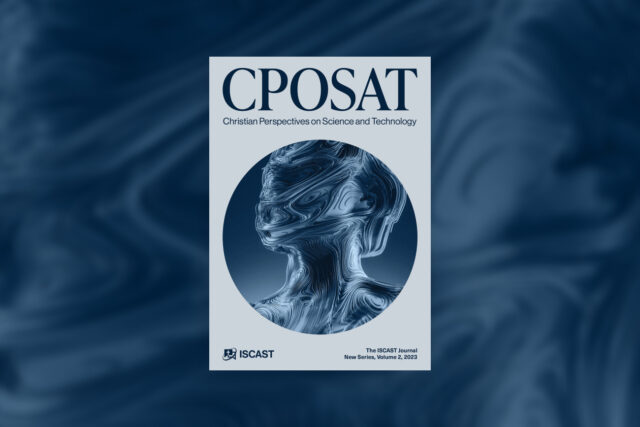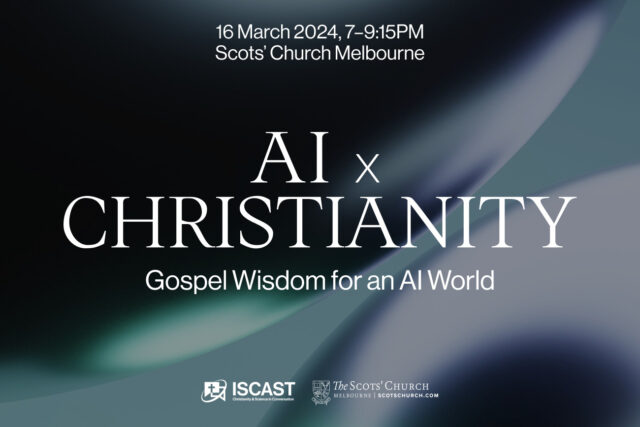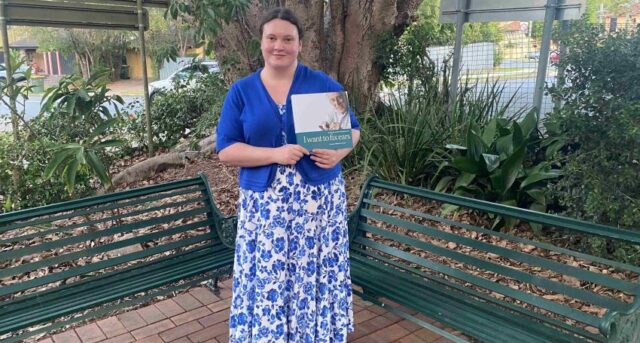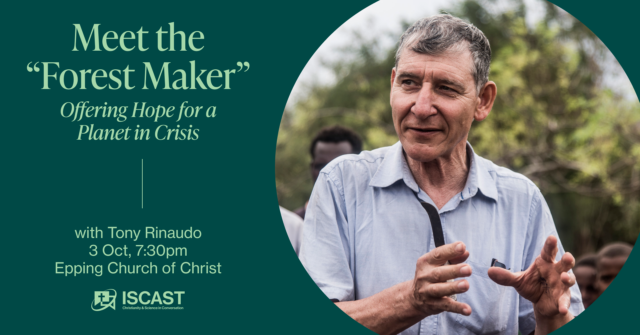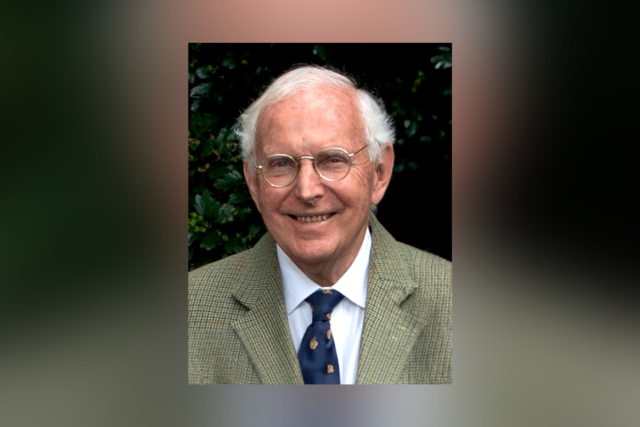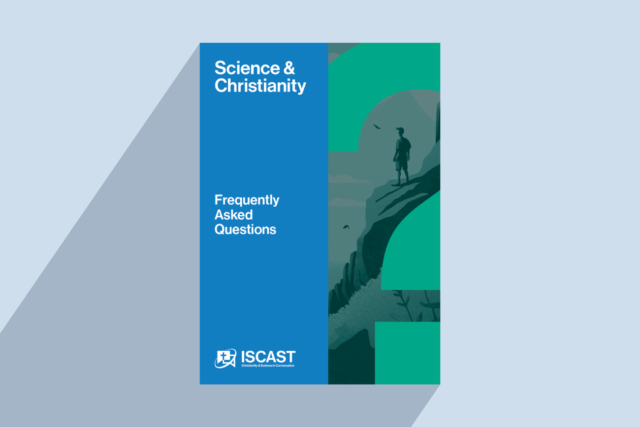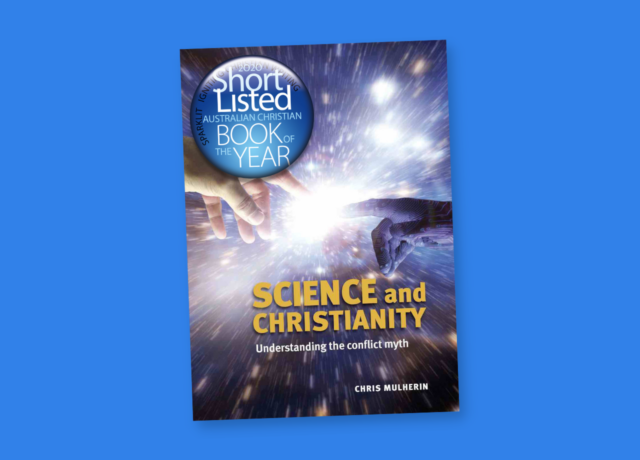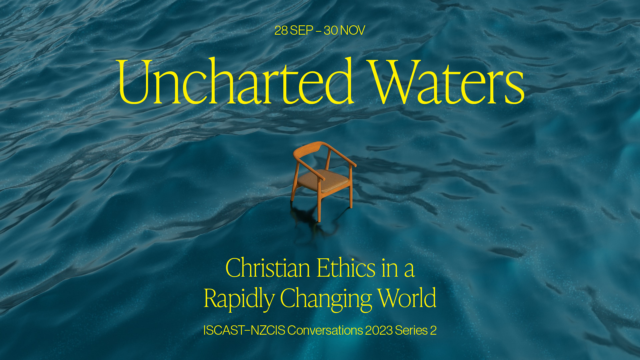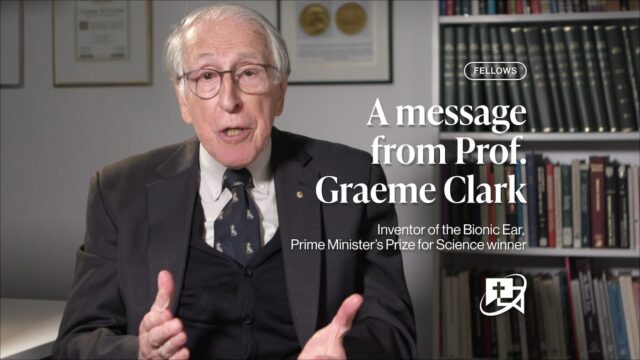

“When I look at Your heavens, the work of Your fingers, the moon and the stars, which You have set in place, what is man that You are mindful of him, and the son of man that You care for him?” (Psalm 8:3-4, NIV)
The James Webb Space Telescope has just given us its first images. And they are groundbreaking.
Included in these images is the deepest infrared view of our universe ever taken, capturing starlight over 13 billion years old. With a myriad of entire galaxies in one slither of the universe, one can’t help but marvel at the greatness of our Creator.
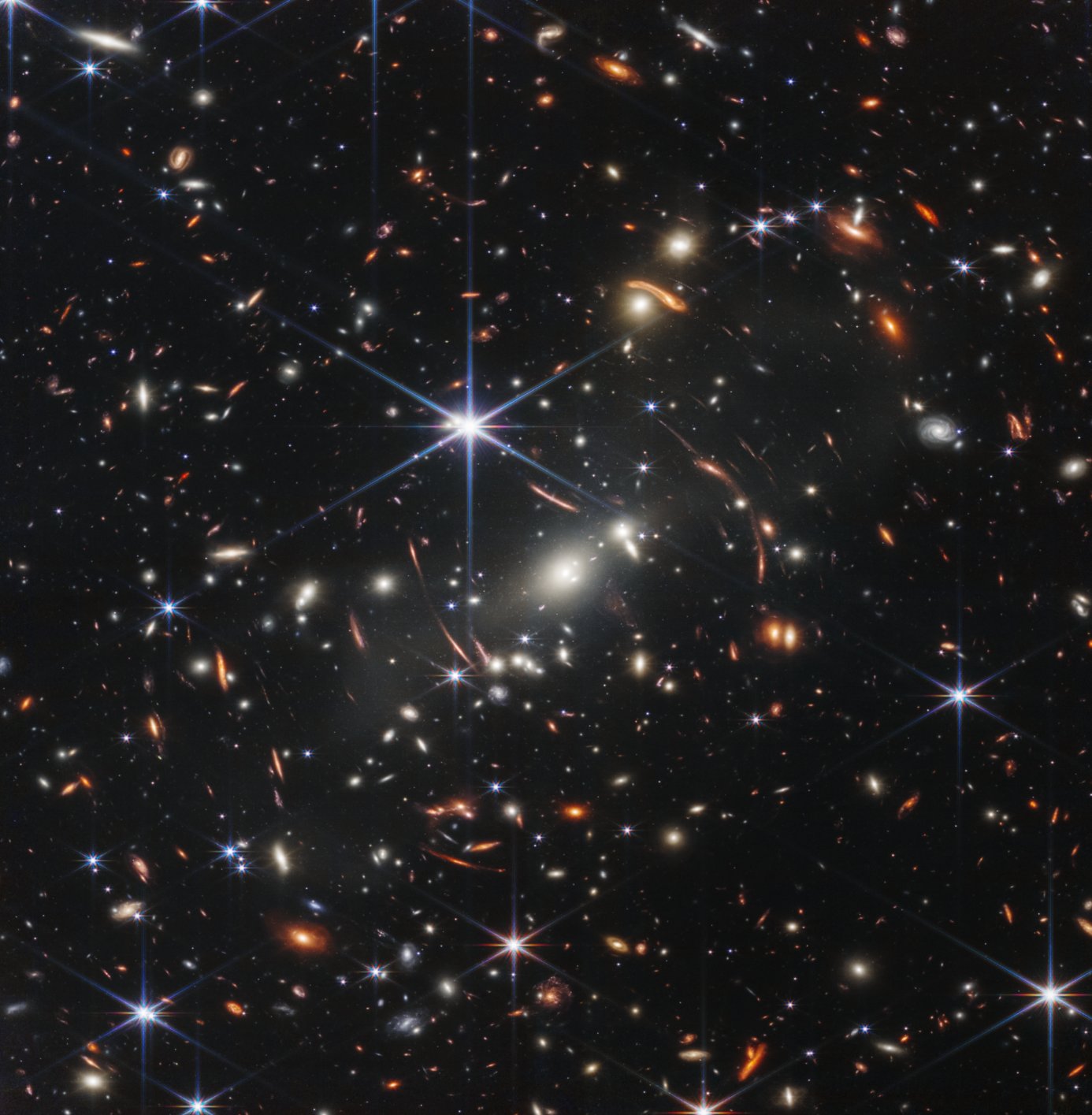
This photo shows gravitational lensing and many bright galaxies, but the smaller, fainter, less distinct galaxies in this image are some of the oldest light ever detected by a human-made object. Photo: NASA/STScI
“Just one little speck of the universe.”
“If you held a grain of sand on the tip of your finger at arm’s length, that is the part of the universe that you’re seeing,” NASA chief Bill Nelson says.
To get an idea of scale and just how much sharper the Webb photographs prove to be, we suggest exploring all of the images interactively on a map of the universe from the American Astronomical Society’s WorldWide Telescope.
This historic reveal is holding the world in a moment of humble awe and contemplation, a natural response to gazing at our vast cosmos. In his article on science and faith, ISCAST Fellow James Garth writes:
“The Hubble showed us that our universe is unimaginably vast. Equally clear is that our universe is held together by an elegant and sophisticated series of laws that are true throughout the universe, which permit the formation of complex structures such as galaxies, stars that generate a plenitude of elements, which can undergo molecular self-assembly, forming such wondrous structures as DNA, the foundation of life. In my opinion, the more we observe the universe, the more it looks like the work of an immense intelligence. And if it looks like the work of an immense intelligence, maybe it is the work of an immense intelligence!”
What’s next for Hubble and Jennifer Wiseman?
“Hubble will remain primary for visible and ultraviolet wavelengths of light, which JWST cannot see,” said Hubble senior project scientist and ISCAST Fellow Jennifer Wiseman to Newsweek. “JWST will become the primary deep space imaging telescope in infrared wavelengths of light.”
“Hubble’s unique view of ultraviolet and visible light will be an essential scientific partner with JWST’s infrared observations in order to compare galaxies at different cosmic times, deduce the composition of exoplanet atmospheres, and study the dynamics of stars and planets.”
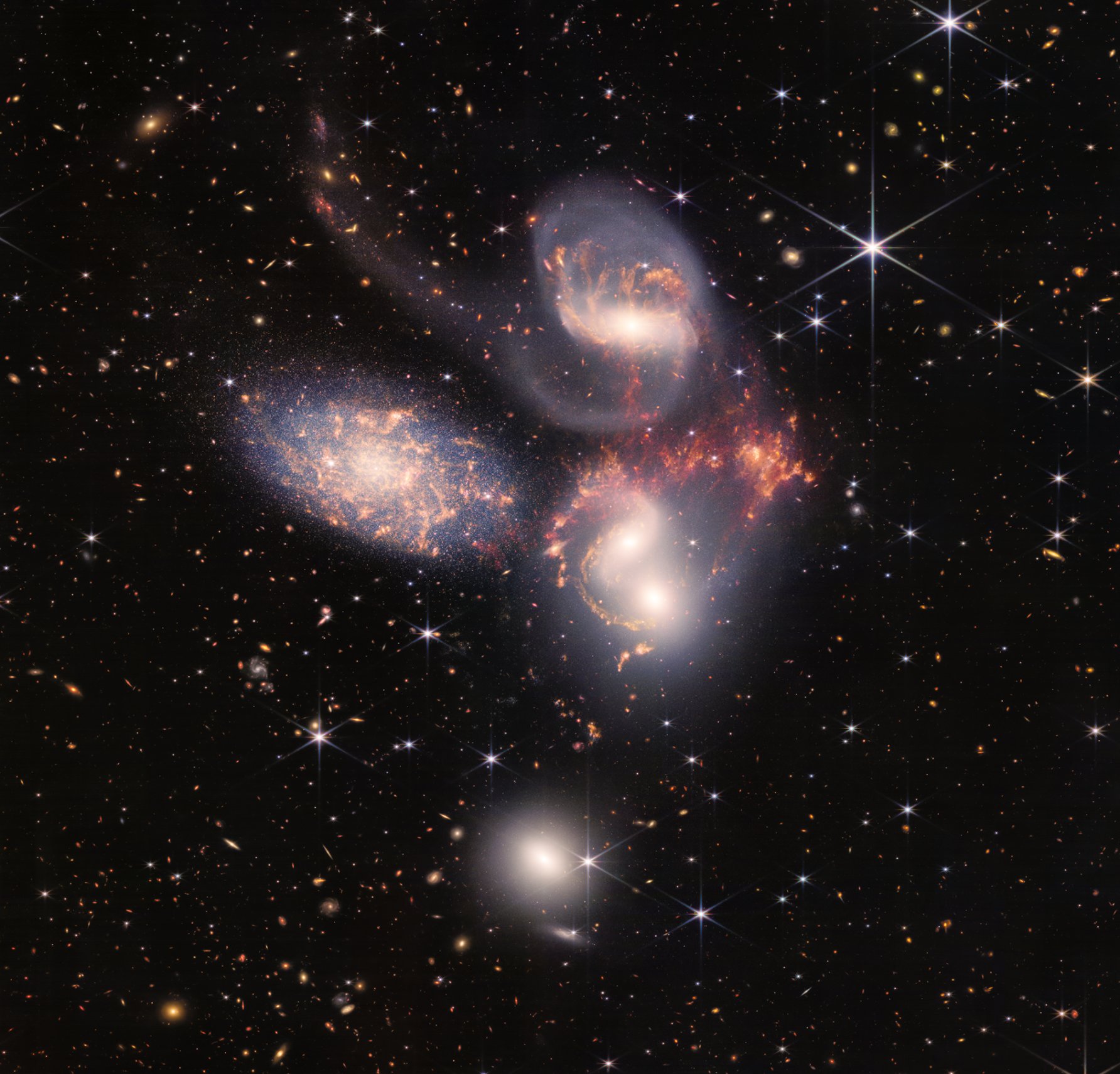
Galaxies collide in Stephan’s Quintet, pulling and stretching each other in a gravitational dance. Photo: NASA, ESA, CSA, STSCI

